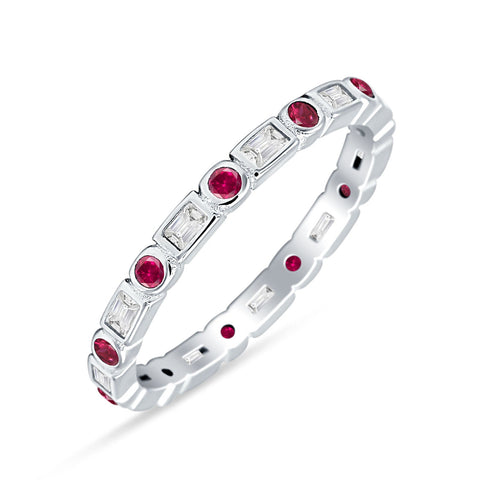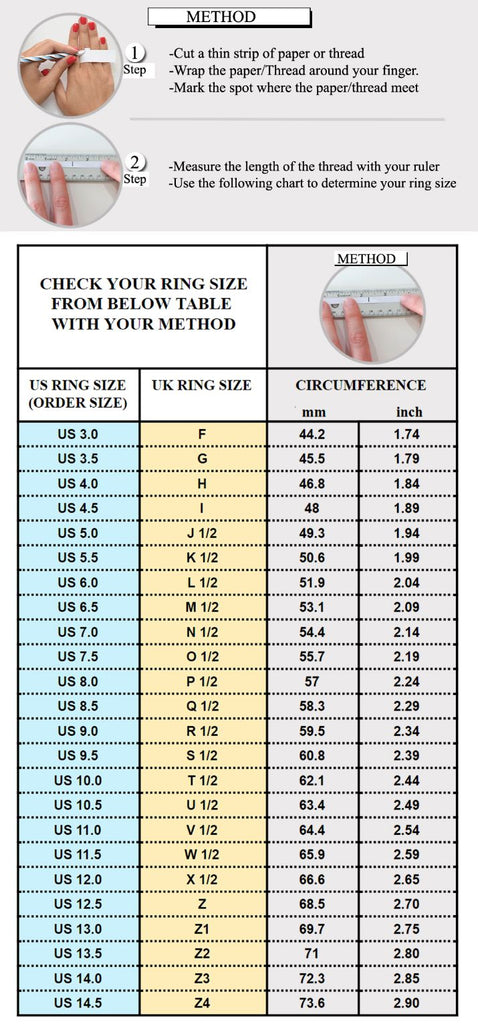Can Cubic Zirconia Replace Natural Diamonds

Diamonds have gained a unique position within cultures across the globe - not only for their outstanding beauty and perfect strength but for the complex, exact, and extremely raw story behind the creation of every gemstone. Cubic zirconia is considerably cheaper than diamonds. There is no single factor responsible for a diamond’s high monetary and sentimental values, and all are intrinsically linked together. The quality that most greatly affects a diamond’s beauty is its Cut—which impacts how much light reflects through the diamond’s table to your eyes. White light reflection is referred to as brilliance and colored light reflection is called fire. For instance, their durability and lasting luster make them both visually and emblematically ideal for engagement rings - as does the uniqueness and rarity of their formation, and the natural power bringing them into being. Diamonds are incredibly durable and resilient—making them ideal for engagement rings and everyday wear. Diamonds maintain their energy and beauty with maintenance. Colored versions of cubic zirconia are also available. Cubic zirconia is significantly cheaper than diamonds. The best way to tell cubic zirconia from a diamond is to look at the stones under natural light: a diamond gives off more white light brilliance while cubic zirconia gives off a noticeable rainbow of colored light excessive light dispersion. Because it’s a synthetic material, it offers some durability. It can be worn in jewelry, but will certainly not have the longevity of a diamond. For example, cubic zirconia becomes scratched and cloudy over time.
Blue Apple Jewelry offers a wide range of over 10,000 latest style of 925 Sterling Silver Simulated Cubic Zirconia jewelry.
Get FLAT 20% OFF on entire silver jewelry collection with code 'FB20'.
Get FREE SHIPPING on all orders in the US.
Cubic zirconia is a diamond simulant or diamond alternative that goes by many names. Online, you can see it referred to as cultured diamonds, simulated diamonds, or man-made diamonds. Simulated diamond is the proper term for it. Only pearls are cultured and manmade diamonds are a better term for lab-grown diamonds. Natural cubic zirconia is super rare. So, they've synthesized it. Cubic zirconia is the product of powdered zirconium dioxide melted with calcium and magnesium. The combination of the mixture is then cooled for some time, creating the crystals. Then, like the lab diamond, they are faceted and polished. There's not a set standard as to how cubic zirconia has to do it made, so you can find that different places that produce it may do it slightly different than others. The extra light dispersal is a key sign that the stone is not a diamond. A lab-created diamond is a real diamond, whereas cubic zirconia is not. Cubic zirconia does not contain carbon, so does not qualify as a diamond. A stimulant like cubic zirconia is less hard and does not look quite the same to the naked eye, unlike a lab diamond, which has the same look and physical properties as a natural diamond. Cubic zirconia can mimic various Diamond Shapes, such as Cushion-Cut and Oval-Cut diamonds.





























